When I was told I had diabetes at the age of 42, it was a huge shock. I knew I was overweight and that my lifestyle wasn’t exactly ideal, but Sarah, my wife and I loved good food and had always been very health conscious about our meals. No one in my family had diabetes. And I was so young. How did it get to this point?
Looking back, it was not surprising that my weight at 128 kilograms (over 20 stone) caused health problems. But because I was a trained chef, I considered myself knowledgeable about nutrition. With my father’s strict diet due to his triple heart bypass when I was a boy, I was conscious of healthy eating from an early age – an awareness that carried over into my work in hotels and restaurants as a younger man. But that realization wasn’t often reflected in what I ate during my workday. Being under constant pressure made regular meals impossible, and I would just grab whatever was available on the go – often something unhealthy but convenient, like a fish fingers sandwich.
There were other factors that led to my weight gain. For starters, I liked my beer. And because I worked in London but lived on the south coast, I had a long journey on the train, so I got up at 4am every day. My sleep was also disturbed and sporadic, which was not good for my metabolism.
With that early start and long commute, exercise was out of the question: I’d come home, have dinner, and then fall straight to sleep.
Yet before that visit to the doctor, I had no idea that my health was in serious danger. During a routine appointment, he announced that a blood test result showed I had diabetes, which came as a bolt from the blue. But when I think back, the telltale symptoms of intense thirst and frequent urination had been present for a while. When he arranged for me to visit the diabetes nurse for a follow-up appointment, I was devastated.
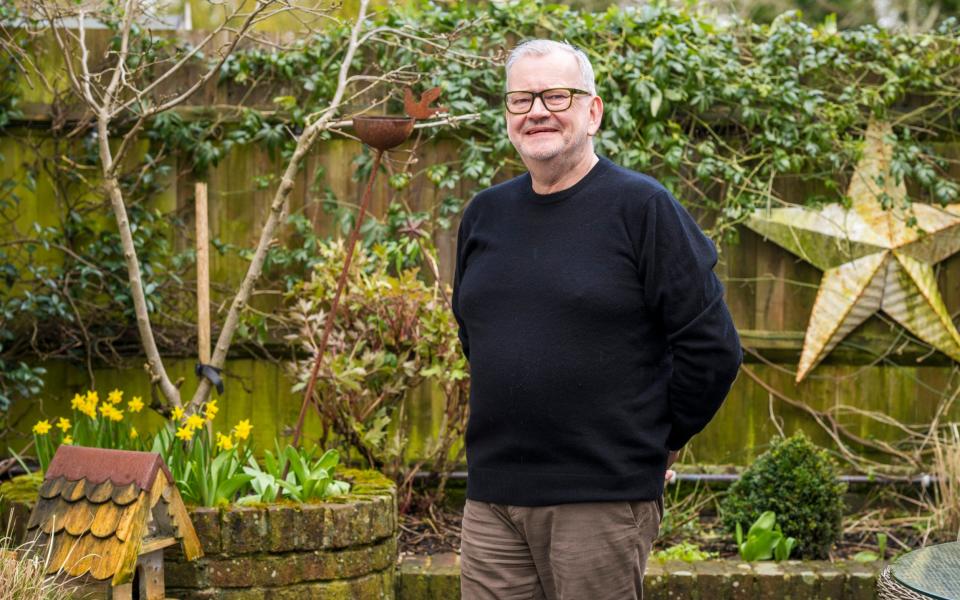

Sarah was very concerned – we both were. It was especially scary because this diagnosis put me at risk for other serious health problems, such as heart disease, kidney damage, and stroke. Since cardiovascular disease runs in my family, I realized this was serious. But the advice on the diet leaflets I received from the diabetes nurse was fundamental and even misleading. For example, the advice to eat foods labeled ‘low fat’ is hardly healthy, as these are often packed with sugar. Armed with bags of medication, I was sent on my way – a diabetic with no hope of reversing my diagnosis.
At the time, in the early 1990s, type 2 diabetes was considered a progressive condition; once you had it you would always have it and it would probably get worse. Nevertheless, I was determined to improve my health, quickly quit smoking and drink less beer. Both Sarah and I have worked hard to reduce our weight through healthy eating and exercise. The lockdown in particular gave me the opportunity to get fitter and eat healthier, and I managed to reduce my weight to 108 kilograms (17 stone). But I lived with diabetes for another twenty years.
Then, three years ago, at the age of 59, I was medically retired from my last job as a railway security guard due to osteoarthritis in my knee, a condition that arose from a childhood rugby injury, but undoubtedly aggravated by the extra weight I carried. It was a relief to leave the job as the workload and long hours away from home had become unbearable and I wanted to focus on my health.
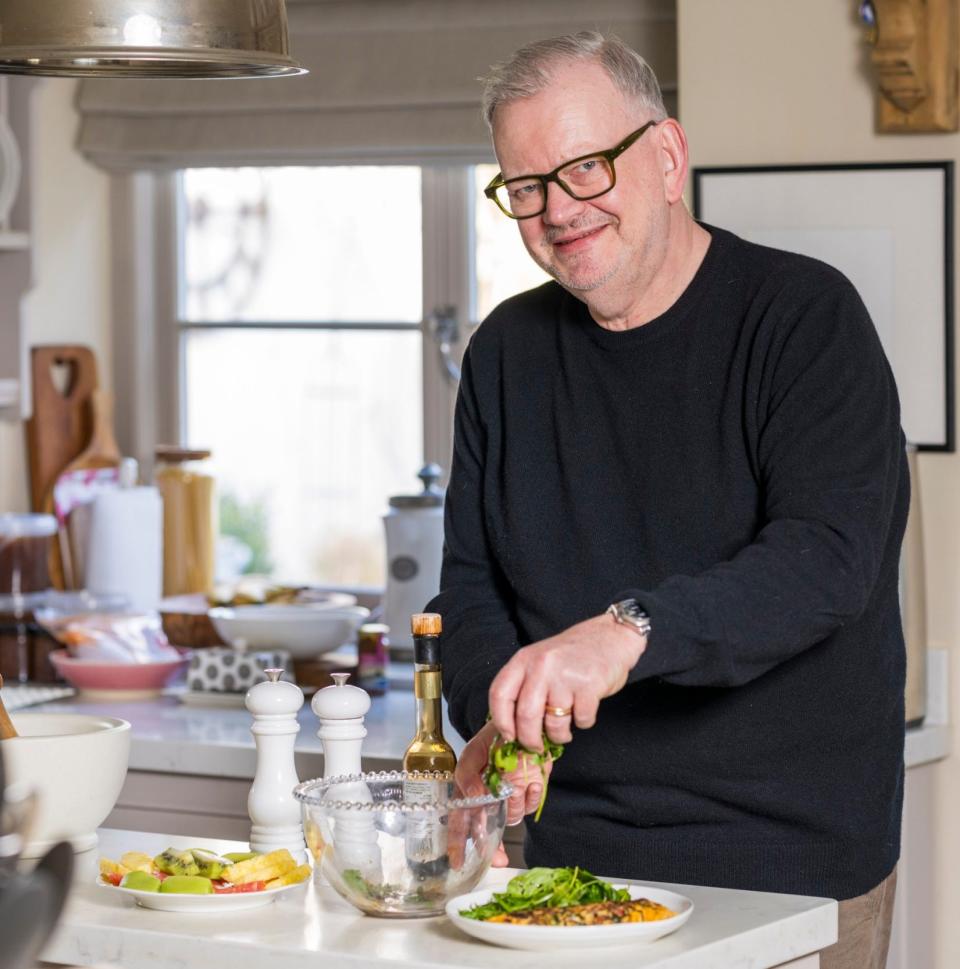

Knowing I had to have knee replacement surgery, I felt urged to lose more weight. It was at Sarah’s insistence that I started working with Natalie Burrows, a nutritional therapist who specializes in diabetes, and I was so happy when she said my diabetes could actually be reversed. No doctor had ever told me this. I said I wanted to get healthy and get off my medications, especially the statins I was taking for high cholesterol and heart health — statins which, she told me, sometimes have the potential to spike blood sugar levels. to increase.
By keeping a food diary that I shared with Natalie, I got her feedback and advice on food choices. By wearing a continuous glucose monitor for four weeks, I was able to monitor my blood sugar levels, which allowed her to figure out how I was processing food and what adjustments were needed in my diet. For example, I always had porridge for breakfast, a healthy choice, but it turned out that my body couldn’t process it and I had to start the day with protein – like an omelette.
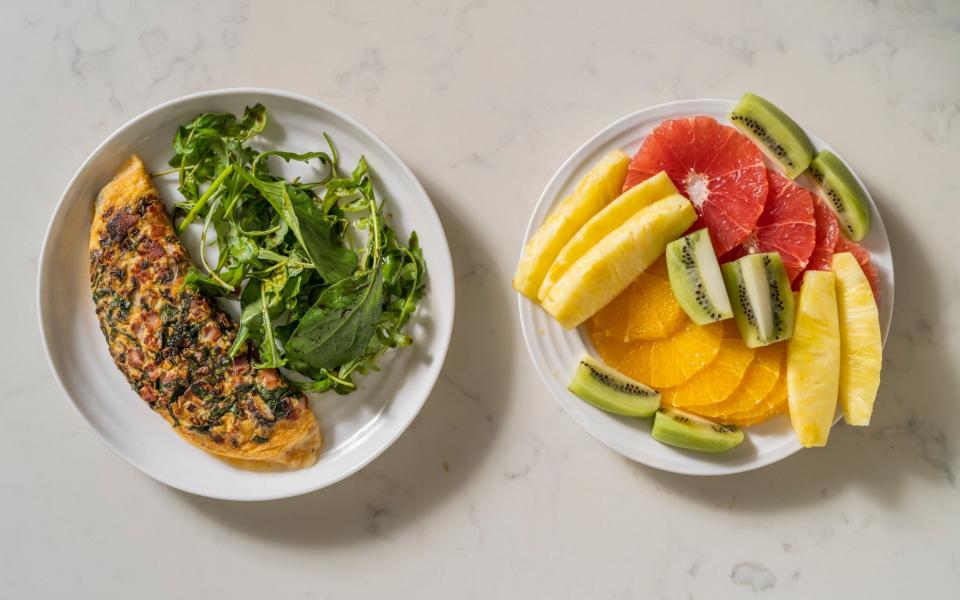

When I changed my diet and lifestyle, the weight started to come off. No longer traveling, I was finally able to sleep well and eat more regularly. Omitting the bread and potatoes made a huge difference. I became more aware of the hidden sugars in store-bought foods, and the origins of my food, and was now getting the best quality meat and fish I could. I ate more legumes for fiber and less red meat. Where I used to eat steak and fries, I now had a chicken dish with green leafy vegetables and sweet potatoes.
I got a stationary bike and used it every day and I started lifting weights. I have now had knee replacement surgery and I am eating and sleeping better, so I feel energetic. Although I haven’t stopped working completely yet – I’m now a file clerk at the transport union – I mainly work from home, which gives me control over my diet and health. I now realize how many adverse effects I have suffered from my commute, but now I can walk the dogs and cycle for 30 minutes before doing any serious exercise and have a much better work-life balance.
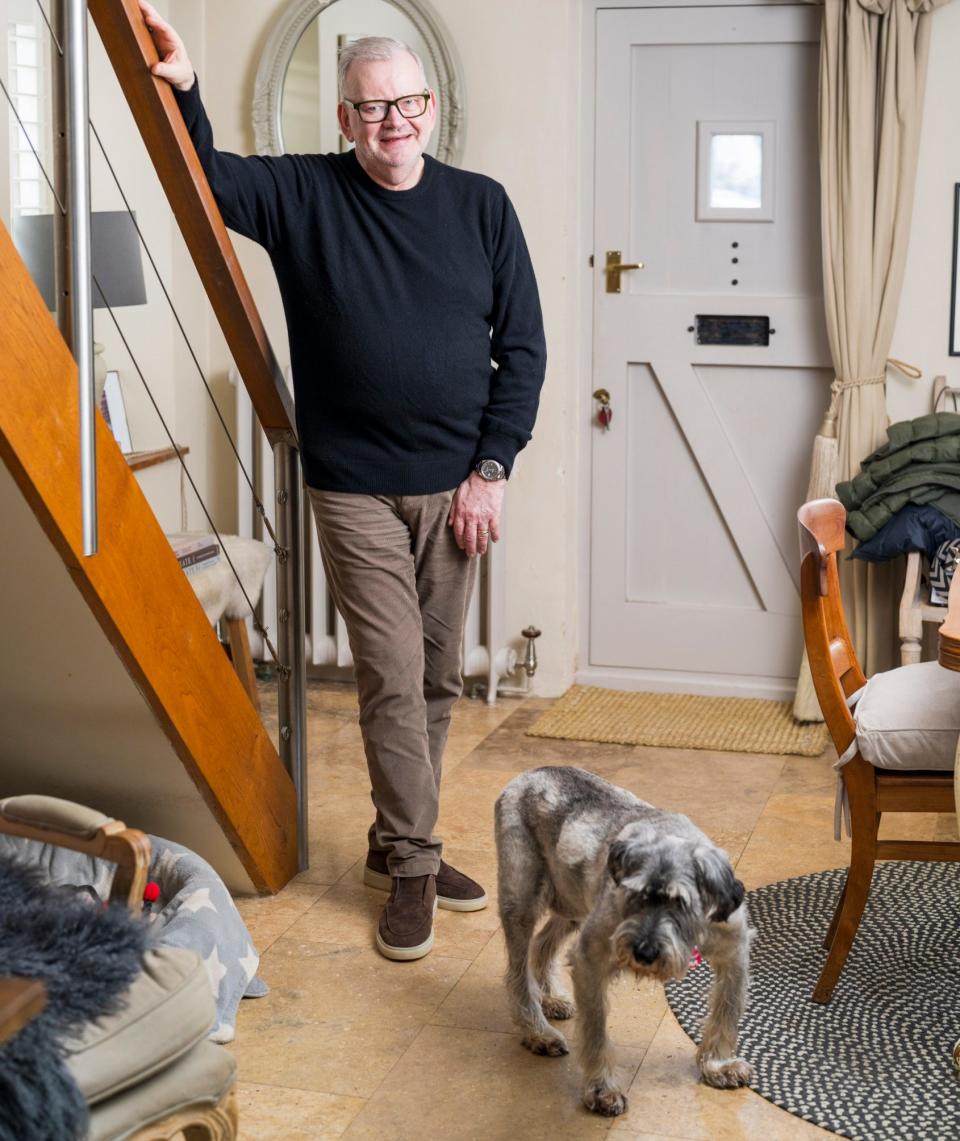

After seven months, my blood test showed I was back within the normal blood sugar range – I reversed my diabetes. When I was first diagnosed, my diabetes level was 12.5, which I was able to reduce to 7.5 with a combination of diet and medication. But now, thanks to working with Natalie, I had made that final leap – I’ve gotten my level down to under 6. Since then I’ve fluctuated between pre-diabetes and in remission, so although I’m still on medication, it’s half of the amount I have now. I’ve taken before.
Best of all, I feel healthier, have more energy, sleep better and can fit more into my day. Since I was first diagnosed I have lost almost 4 stone in total and have an overall better quality of life. Sarah is so proud of me for taking control of my health and is relieved that my diabetes is in remission. I would encourage anyone who is overweight and diagnosed with diabetes to take a closer look at their diet and lifestyle. It’s never too late to change your health.
What I used to eat
Breakfast
Overnight oats with fruit and nuts.
Lunch
Fun or home-made sandwich or the occasional Cornish Pasty or Fish Finger Wrap.
Dinner
Pasta with garlic bread, or homemade pie with potatoes and vegetables, or Chinese stir-fries with two to three pints of real beer.
What I eat now
Breakfast
Egg-based dishes, such as omelette, shakshuka with black beans and spinach or eggs and ham with watercress.


Lunch
Homemade soup or salad or cheese with apple and peanut butter.
Dinner
Chicken, fish or tofu curry with legumes and vegetables or chili pepper with beans and vegetables.
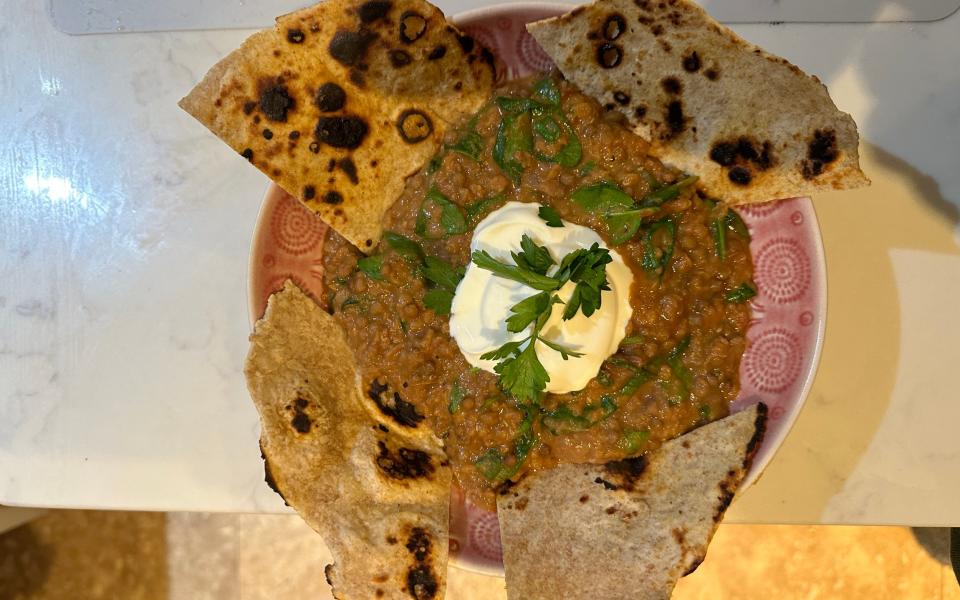

How the right diet can reverse type 2 diabetes
“If you have type 2 diabetes or are pre-diabetic, it’s a good idea to work with a nutritionist to get tailored advice. However, the following advice will still make a big difference,” says Burrows.
Eat whole foods
Avoid processed foods and balance blood sugars with key nutrients from whole foods such as nuts, beans and unprocessed meat and fish so that you are supported by important macronutrients (protein, fat, fibre) and all the vitamins, minerals and antioxidants found in these foods prevent .
Increase protein, fiber and healthy fat
These are slowly digested and keep us full for longer, reducing the temptation to snack and not affecting blood sugar levels. Get protein from chicken, eggs, beef and authentic Greek yogurt and healthy fats from extra-virgin olive oil, avocado and oily fish. Increasing fiber intake can be as simple as incorporating lentils or black beans into your diet.
Support your liver with cabbage and cauliflower
With type 2 diabetes and problems with blood sugar levels, the liver has to work harder. Cruciferous/brassica vegetables (broccoli, cabbage, kale, arugula, cauliflower) contain isothiocyanate, a precursor to glutathione production that supports the liver and is an important antioxidant. They also aid in the production of sulforaphane, which is very supportive in reducing inflammation and supporting the liver’s detoxification task.
Protect your heart with berries
People with type 2 diabetes have a higher risk of heart disease and stroke, so supporting the vascular system and heart health is critical. Vegetables and berries rich in anthocyanins (berries, apples and almonds), punicalagins (pomegranate) and resveratrol (apples, raspberries, grapes and blueberries), and which support the production of nitric oxide (beetroot and green leafy vegetables), are beneficial because their antioxidant status and anti-inflammatory properties.
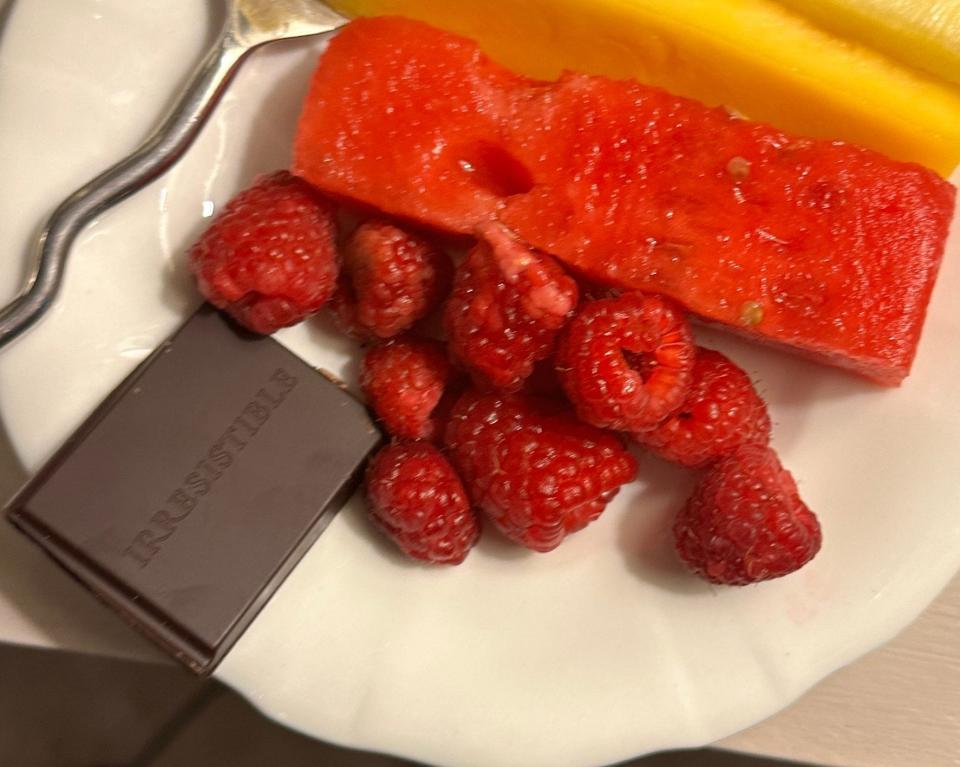

Cut out bread and potatoes
Two foods that are easy to overconsume and negatively impact type 2 diabetics, namely bread and potatoes, are broken down very quickly by the digestive system, causing blood sugar levels to rise.
Reduce inflammation with green leafy vegetables
These are great sources of fiber and phytonutrients, including antioxidants to reduce inflammation and cholesterol often associated with type 2 diabetes. Go for legumes such as lentils, black beans, kidney beans and peas and green leafy vegetables such as kale, spinach, spring greens, kale, arugula and watercress.
As told to Marina Gask
Recommended
We have lost 12 stone between us and it has changed our lives
read more